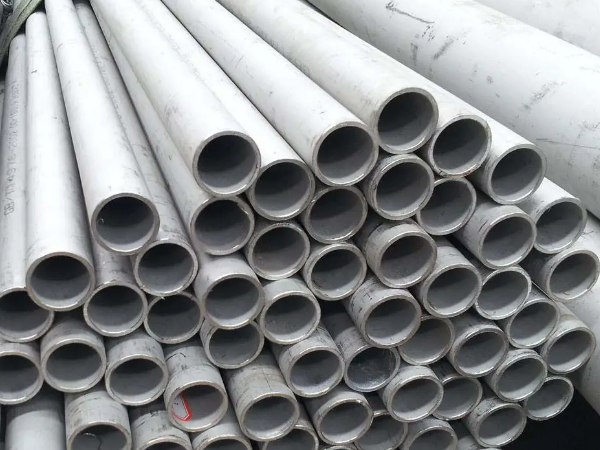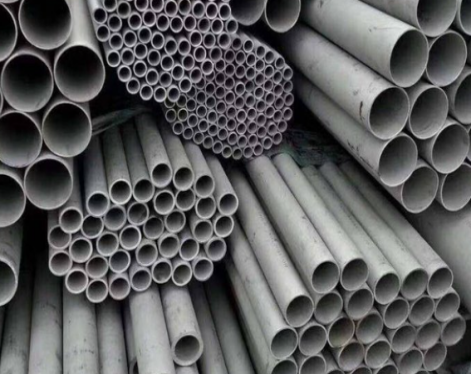With the development of social economy, the application of stainless steel pipes in daily life such as construction and decoration has developed rapidly. Stainless steel pipes can be seen everywhere in life. Because of its environmental protection, safety, durability, practicality and other properties, it has great potential in architectural decoration, and is often processed into stair handrails, guardrails, furniture, etc. Stainless steel pipes are divided into ordinary carbon steel pipes, high-quality carbon structural steel pipes, alloy structural pipes, alloy steel pipes, bearing steel pipes, stainless steel pipes, and bimetallic composite pipes, plated and coated pipes for saving precious metals and meeting special requirements. . There are many kinds of stainless steel pipes, different uses, different technical requirements and different production methods.
Technical requirements for stainless steel pipes:
1) Surface quality
The outer surface of the stainless steel pipe should be clean and free from folds, scratches, cracks, delamination, oxide skin and obvious welding edge defects. For example, when the outer diameter of the steel pipe dimension is less than 63.5mm, the surface roughness is not less than 400#; when the outer diameter of the steel pipe dimension is greater than 63.5mm, the surface roughness is not less than 320#; the surface roughness of square and rectangular pipes Degree not less than 320#.

2) Mechanical properties
The mechanical properties of stainless steel pipes refer to the mechanical characteristics exhibited by various external loads (compression, tension, bending, impact, torsion, alternating stress, etc.) under different environments (such as temperature, humidity, medium), Requirements for mechanical properties need to be met.
3) Corrosion resistance
One of the quality requirements for stainless steel pipes is how good the quality is and whether it is easy to rust. Experiments have proved that 304 stainless steel pipe has excellent corrosion resistance and good resistance to intergranular corrosion. For oxidizing acids, the experiment found that 304 stainless steel pipes have strong corrosion resistance in nitric acid with a concentration of ≤65% below the boiling point temperature; it also has good corrosion resistance to alkaline solutions and most organic and inorganic acids.
4) Process performance
The process performance of stainless steel pipe includes flattening test, flaring test and bending test. The flaring test is that when the taper of the top center is 60°, when the outer diameter of the steel pipe sample expands to 6% of the pipe diameter, there should be no cracks and cracks, and there should be no wrinkles on the inner side of the bending position; during the bending test, the bending angle It is 90°, and the radius of the bending center is 3 times the outer diameter of the steel pipe; the flattening test is that when the outer diameter of the sample is flattened to 1/3 of the pipe diameter, there should be no cracks and cracks.
Stainless steel pipes are mainly used in the automobile industry, petrochemical industry, including fertilizer industry, water and gas and other fluid transportation, equipment manufacturing and maintenance.









